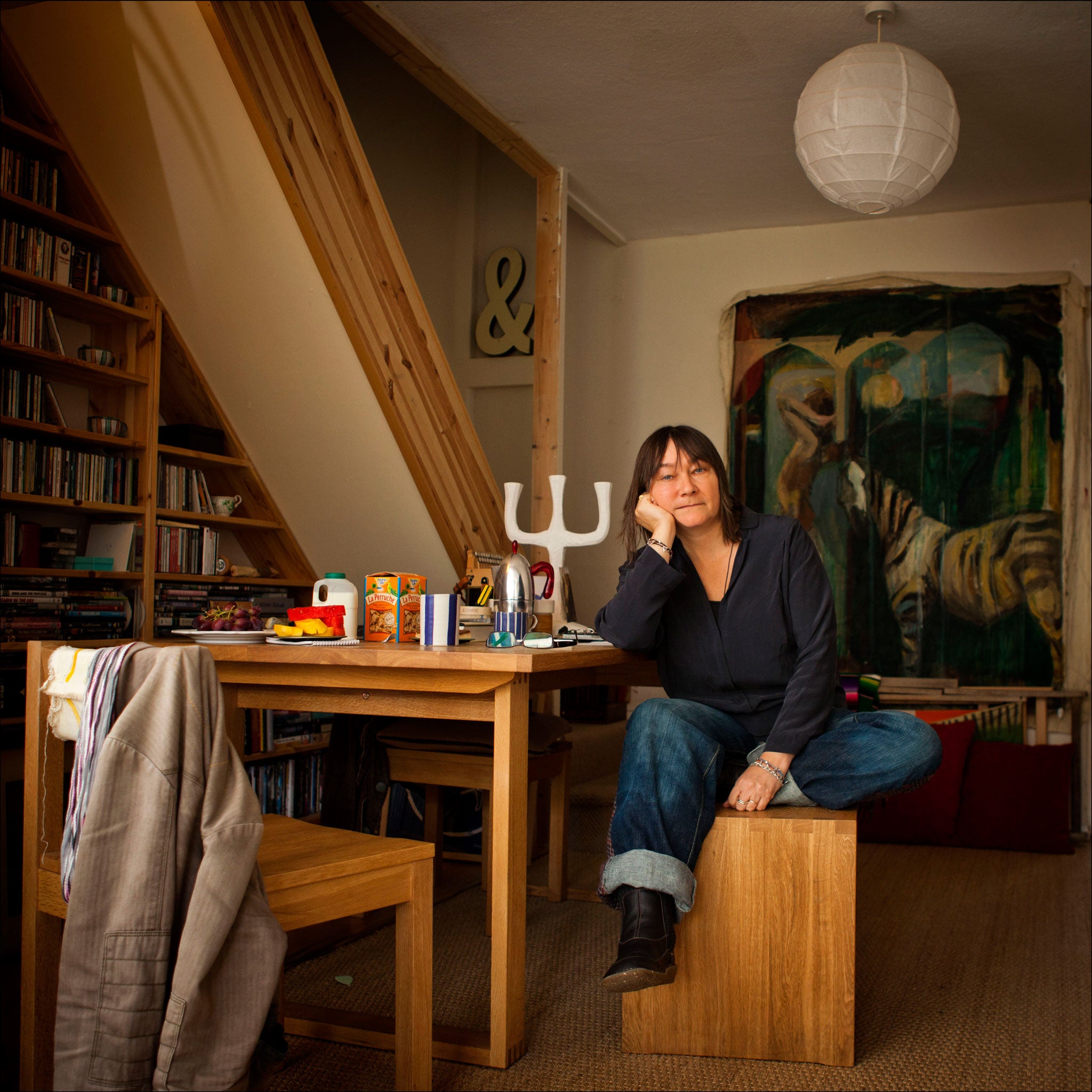How To Be Both by Ali Smith, book review
A Man Booker longlisted novelist who continues to surprise and innovate

Your support helps us to tell the story
From reproductive rights to climate change to Big Tech, The Independent is on the ground when the story is developing. Whether it's investigating the financials of Elon Musk's pro-Trump PAC or producing our latest documentary, 'The A Word', which shines a light on the American women fighting for reproductive rights, we know how important it is to parse out the facts from the messaging.
At such a critical moment in US history, we need reporters on the ground. Your donation allows us to keep sending journalists to speak to both sides of the story.
The Independent is trusted by Americans across the entire political spectrum. And unlike many other quality news outlets, we choose not to lock Americans out of our reporting and analysis with paywalls. We believe quality journalism should be available to everyone, paid for by those who can afford it.
Your support makes all the difference.A postcard tucked inside my reviewer's edition of Ali Smith's Man Booker longlisted novel, How to be both, bears the message: "This is not a mistake". There are meant to be two versions of the book. Both are composed of the same words, with the same cover, but have their two main parts interchanged. Readers encounter one version, at random – whichever they happen to get in the bookshop.
The message on the postcard seems like an appropriate addendum for Smith's oeuvre. Her textual innovations could be mistaken for mistakes, from the microcosmic – non-chronological narration, anarchic sentences, grammar and word games – to the bigger structural "disturbances" that affect the telling of the story as has been the case with her last three books, including – most radically – this one. Except that they are too clever and well executed to be mistakes, but the postcard is helpful, nonetheless.
In the most recent two books, Artful and Shire, Smith created a new genre of non-fiction that welded fiction and elements of autobiography onto it, in an endeavour to make it more truthful, maybe, or point towards the illegitimacy of non-fiction's self-appointed truthfulness.
Here though, the act of redress relates to our reading of fiction. The two parts – part one and part one (a typically Ali Smith touch – seemingly nonsensical, and not nonsense at all) feature, on the one hand, the life of the Renaissance painter, Francesco del Cossa, and the fresco cycle in the Ferrara Palazzo in Italy, particularly images from the 'Room of the Months'. The other part is foregrounded by schoolgirl, George (Georgina), mourning the recent death of her mother. Both parts refer to the other so that past and present merge at moments, characters collide in curious ways, and mysteries of the plot are unified by the clues dropped across both parts.
Yet as a reader of one version of this novel, I cannot be sure at all that I have read the same story as a counterpart who reads the other version. Consider the opening line in the section on George, when she remembers her late mother's words: "Imagine it. You're an artist." The line is repeated at the end of the section, which then segues into the part on Francesco del Cossa; is this section an enactment of George's imagining, prompted by her mother's words? It can't be for the reader who encounters the line in the second half of the book, but can be for those who read it, as I did, in the first half. George, for us, could be seen as the author, or imaginer, of the second part. Neither is there one story within each part but layers of secret stories, rather like the concealed fresco in the book which is discovered hundreds of years later behind a wall.
To add to the innovations around form, Smith throws in a further kinking of the fiction genre in which a non-fictive tone intercepts the story at times – with a sometimes distancing effect.
Smith has written a radical novel, one that becomes two novels, with discrete meanings, through its (re)ordering. My novel will always see George as the main character, despite the bigger mystery and surprise around the painter. How to be both shows us that the arrangement of a story, even when it's the same story, can change our understanding of it and define our emotional attachments. We may have known this, but to see it enacted with such imagination is dazzling indeed. Those writers making doomy predictions about the death of the novel should read Smith's re-imagined novel/s, and take note of the life it contains.
Join our commenting forum
Join thought-provoking conversations, follow other Independent readers and see their replies
Comments